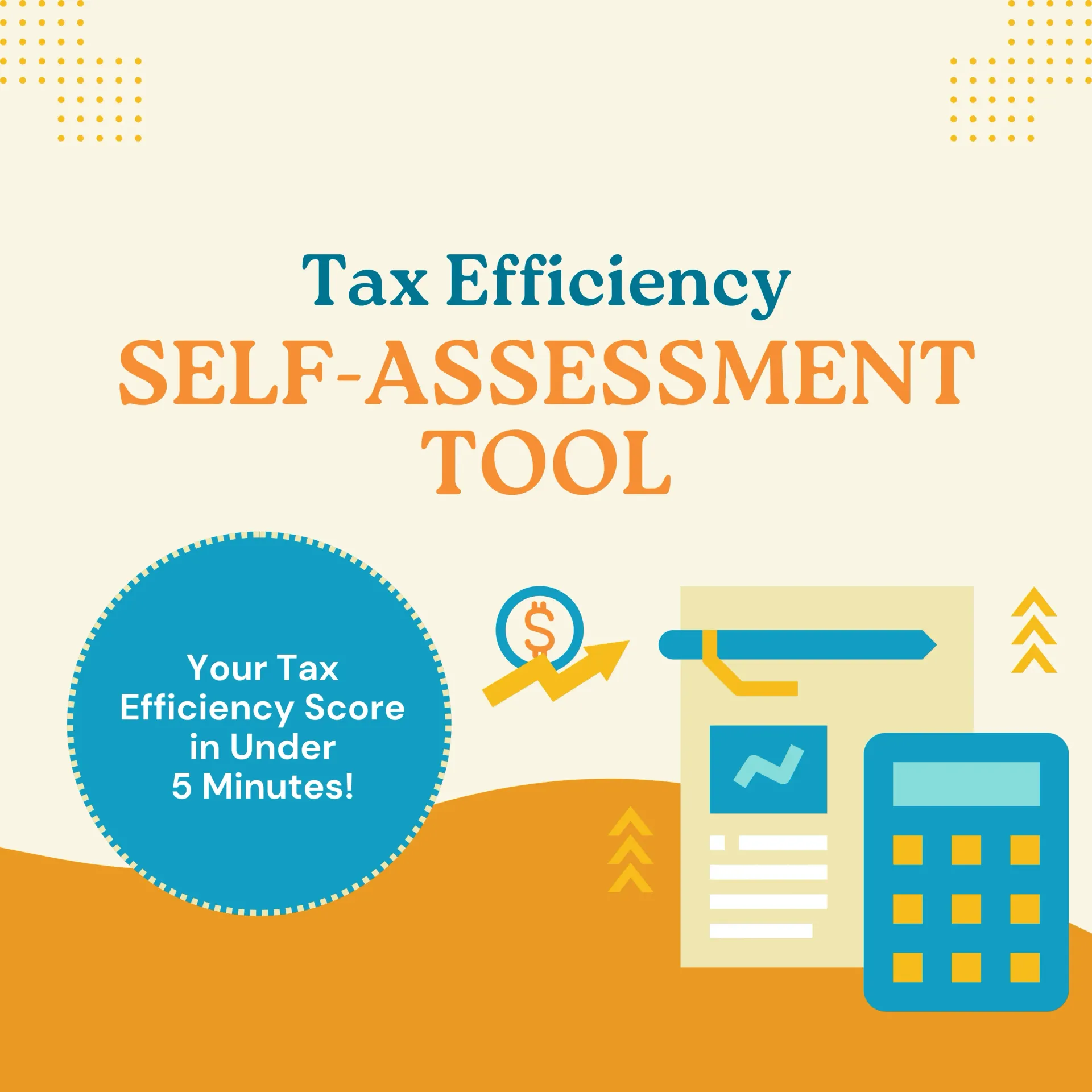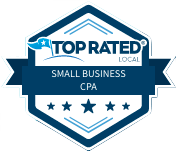Maximizing Tax Savings Through Retirement Contributions
Contributing to retirement accounts like 401(k)s and IRAs is not just a smart financial move; it's also a fantastic way to reduce your taxable income. If you’re looking to save on taxes while building a nest egg for the future, understanding how these accounts work is essential. In this blog, we’ll explore the ins and outs of retirement contributions, the tax advantages they offer, and how they can set you up for long-term financial success.
Understanding Retirement Accounts
Before diving into the tax benefits, let’s clarify what 401(k)s and IRAs are. A 401(k) is an employer-sponsored retirement plan that allows you to save for retirement with pre-tax dollars. This means that the money you contribute is deducted from your taxable income, which can significantly lower your tax bill for the year. On the other hand, an Individual Retirement Account (IRA), particularly a traditional IRA, offers similar tax benefits. Contributions may be tax-deductible, depending on your income level and whether you have access to an employer plan.
Example: Imagine this: You earn $70,000 a year. If you contribute $10,000 to your 401(k), your taxable income drops to $60,000. This simple act not only reduces your current tax burden but also helps you save for the future.
The Power of Pre-Tax Contributions
One of the most significant advantages of contributing to a 401(k) or traditional IRA is that it allows you to use pre-tax dollars. This means you’re essentially paying taxes on a smaller portion of your income now, deferring those taxes until retirement when you may be in a lower tax bracket.
Example: Say you're in the 24% tax bracket. By contributing $10,000 to your 401(k), you save $2,400 in taxes immediately! That’s money that can stay invested in your retirement account, growing over time thanks to compound interest.
Compound Interest: Your Best Friend
Speaking of compound interest—this is where the magic happens! The earlier you start saving and contributing to these accounts, the more time your money has to grow.
Example: If you invest $10,000 at an average annual return of 7%, by the time you're ready to retire at age 65, that initial investment could grow to over $100,000! And remember, during all those years of growth, you haven’t paid any taxes on those gains.
Roth Accounts: A Different Strategy
Unlike traditional accounts where contributions are made with pre-tax dollars, Roth accounts are funded with after-tax dollars. The benefit? When you withdraw funds in retirement—assuming certain conditions are met—you won’t owe any taxes on those withdrawals or their earnings.
This can be especially advantageous if you expect to be in a higher tax bracket during retirement than you are now.
Employer Match: Free Money!
If your employer offers a matching contribution for your 401(k), take full advantage of it! It’s essentially free money added to your retirement fund.
Example: If you earn $50,000 a year and contribute $2,500 (5%), your employer matches that amount. So not only do you reduce your taxable income by $2,500 this year, but you've also effectively added another $2,500 to your retirement savings without any extra cost!
Planning for Future Tax Rates
When considering how much to contribute and which accounts to use, think about where you see yourself in terms of income and tax rates in the future.
- Higher future income or tax rates: Lean toward Roth accounts now.
- Lower future income or nearing retirement: Traditional accounts may be more beneficial for immediate tax relief.
Real-Life Example: A Personal Journey
Let me share a quick story about our client Sarah. When she started her first job out of college at age 22, she was unsure about saving for retirement—like many young people are. However, she decided to contribute just 5% of her salary into her company’s 401(k), especially since they matched her contributions up to 4%. Fast forward ten years later; Sarah has seen her account grow significantly due to both her contributions and compound interest.
Conclusion: Start Today!
Maximizing tax savings through retirement contributions isn’t just about reducing what you owe today; it’s about setting yourself up for financial freedom tomorrow.
Whether it’s through traditional IRAs or 401(k)s—or even Roth accounts—taking advantage of these tools can lead to significant long-term benefits. Start contributing today if you haven’t already. The sooner you begin saving for retirement—and taking advantage of those tax breaks—the more secure your financial future will be.
Discover Your Tax Savings Score in Minutes!


Salim is a straight-talking CPA with 30+ years of entrepreneurial and accounting experience. His professional background includes experience as a former Chief Financial Officer and, for the last twenty-five years, as a serial 7-Figure entrepreneur.





